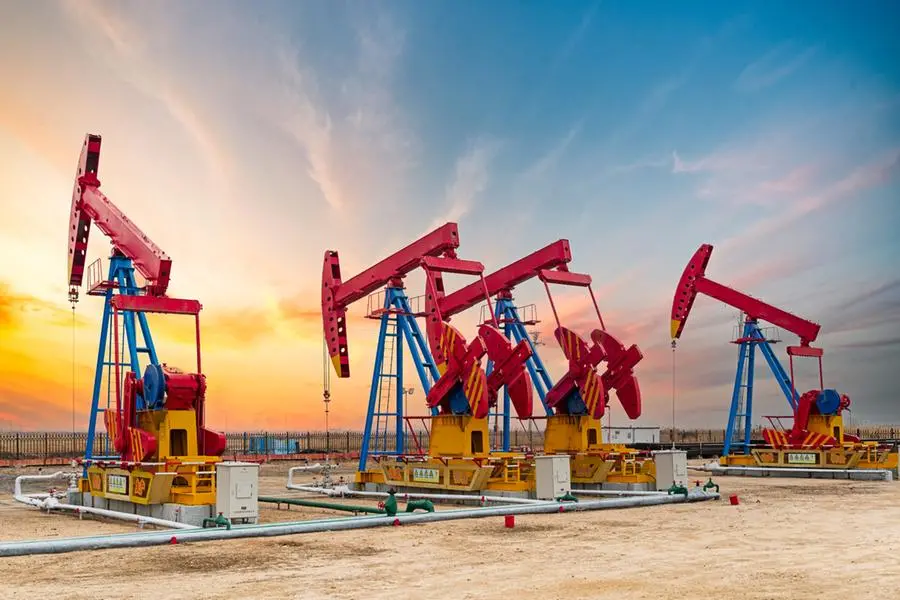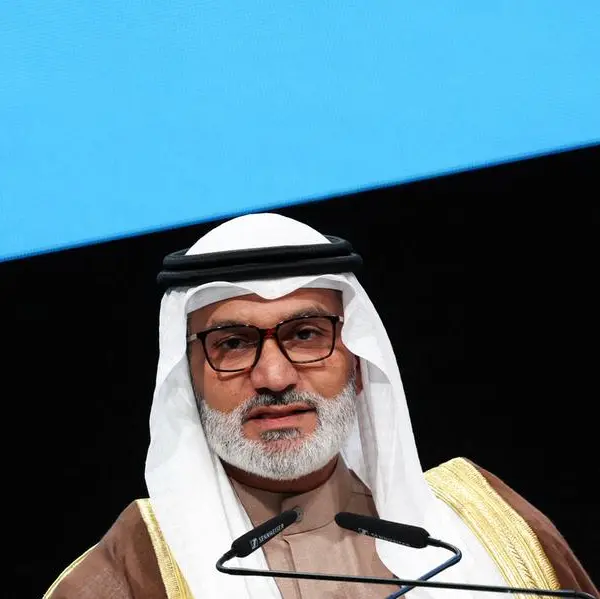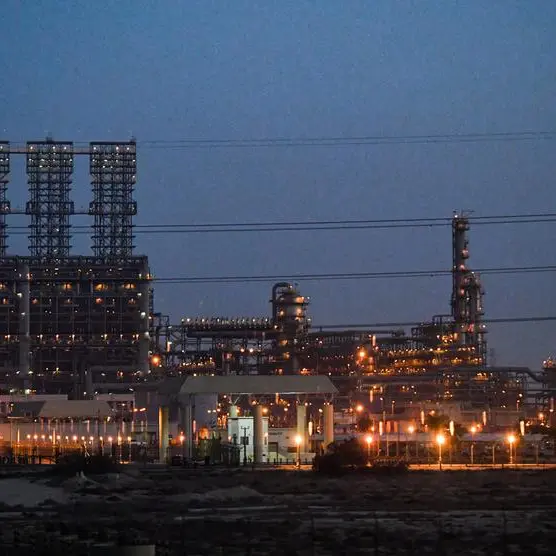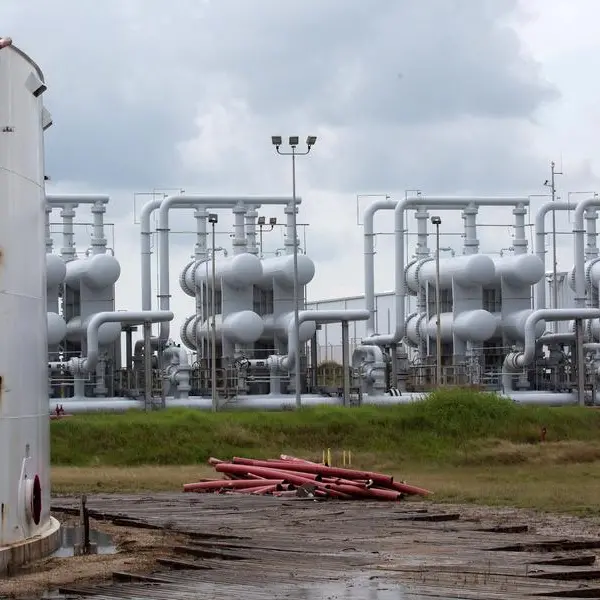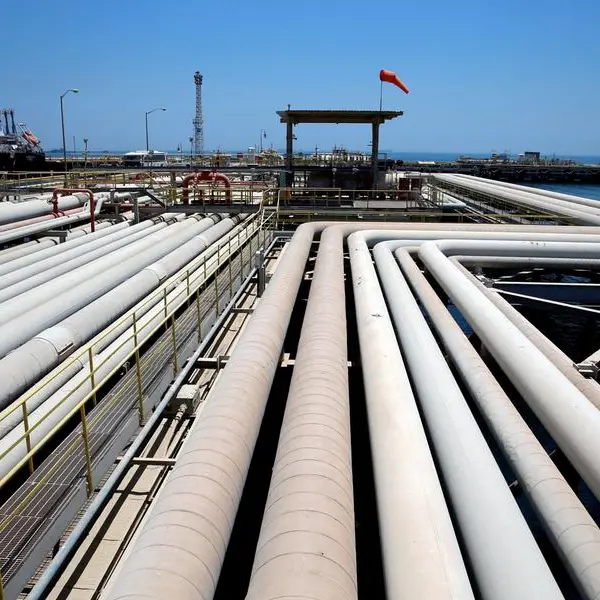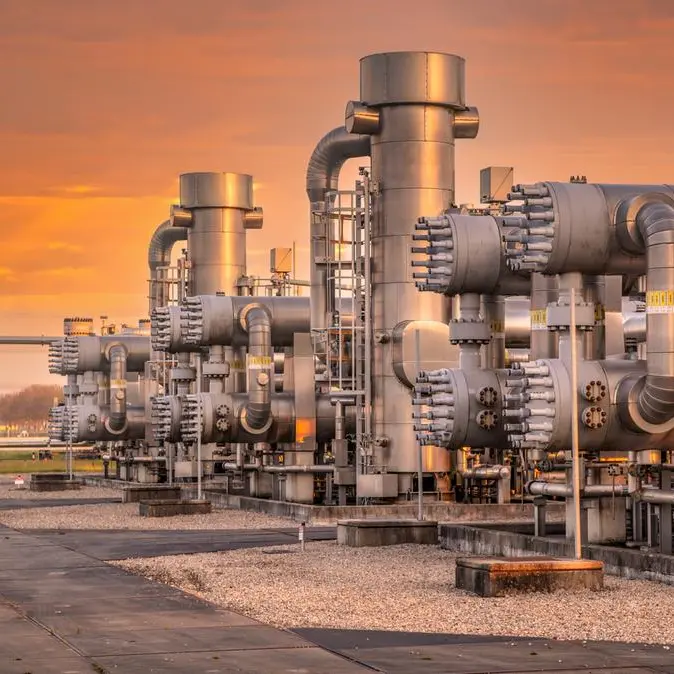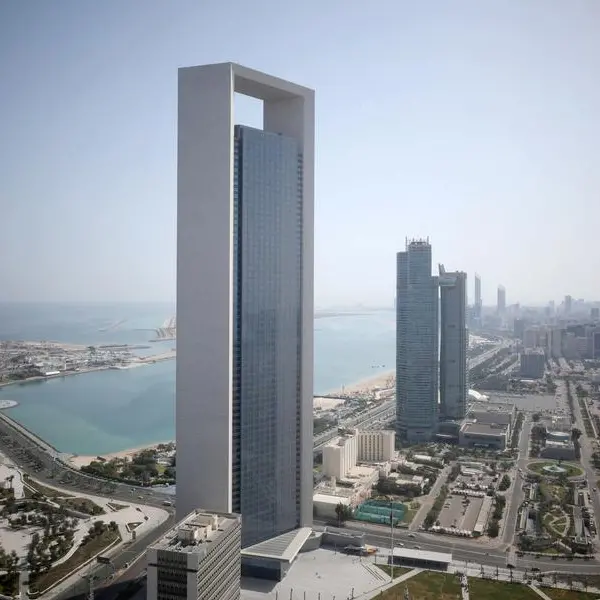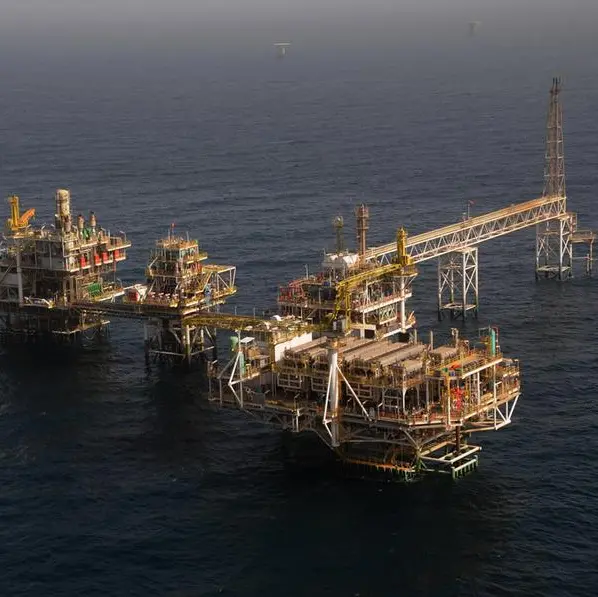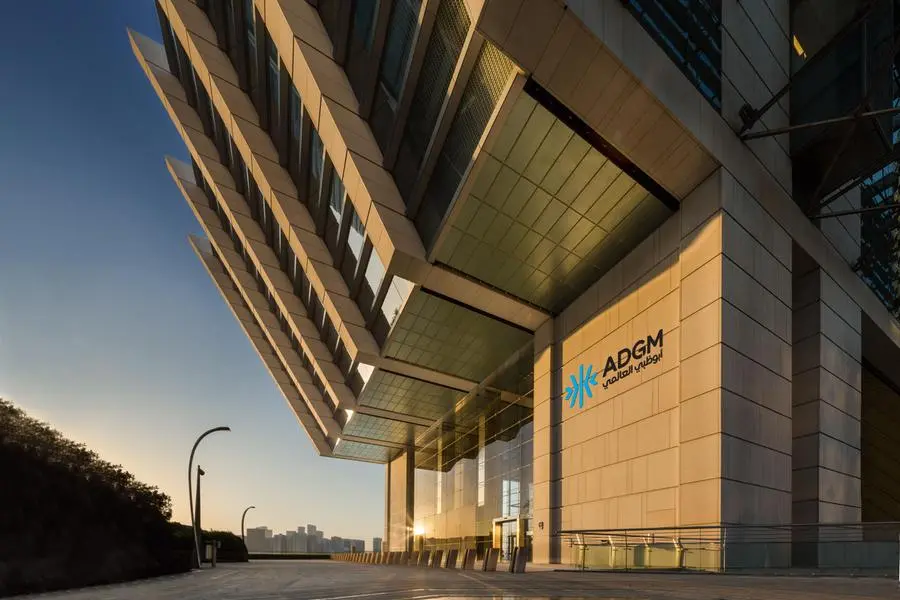PHOTO
Oil pump. Getty Images Image used for illustrative purpose.
Amid the complexities of the energy transition, the oil and gas industry will remain a significant part of the future energy mix, according to Torbjorn Tornqvist, chairman of global energy commodities trading giant Guvnor Group.
Addressing the Energy Markets Forum (EMF) in Fujairah on Tuesday, Tornqvist remarked that the oil and gas industry has become a convenient "punching bag" in discussions about the future of energy. He emphasised that this viewpoint overlooks the essential role fossil fuels have played in underpinning global prosperity.
“We are blamed for bringing the energy the world so desperately needs to the market. But we all know in this room that without the oil and gas we have today, the world would not be in such a good place.”
Fossil fuels dominate
While alternative energy sources have made strides, Tornqvist stated there is no clear path to net-zero emissions. He noted that although hydrogen, solar, and wind are frequently discussed, the reality is that 30 years ago, the world was 84 percent dependent on fossil fuels, and today, that figure remains unchanged.
Guvnor, he continued, has invested millions of dollars in proven solutions like solar and wind, as well as in more ambitious areas such as green hydrogen. However, he pointed out that green hydrogen is prohibitively expensive, adding four to five times the cost to an already green energy source, and poses challenges in transportation and infrastructure development.
“But still, policy makers have made up their mind about fossil fuels,” he noted.
According to Tornqvist, the oil and gas industry is investing in solutions that aim to balance affordable energy and economic growth with the reduction of CO2 emissions, recognising the trade-offs involved in this complex equation.
“We can compare the cost, and know what is possible. But policymakers seem to have the answer to what we should do before they even ask the question,” he noted.
He pointed out that policymakers often frame the energy situation in slogans, but consumers deserve to know the facts to make informed choices about whether they want to use less energy at a higher cost.
Cleaner oil and gas
Looking ahead, he stated that the oil and gas industry will adopt a more assertive approach to balancing affordable energy with emissions reduction. He cited the dominance of coal in electricity generation as an example, noting that switching to natural gas could potentially halve emissions.
“This is actually better than any other solutions we have today on a large-scale basis and it's also effective for the near-term atmosphere.”
On the other hand, the oil and gas sector is also developing innovative emission reduction technologies like direct air capture of CO2, underground CO2 storage and reducing flaring, ensuring the industry could play a role in a more sustainable future.
Tornqvist noted that natural gas can be extracted at a low cost, and even after accounting for significant investments in "cleaning" it, it can still provide affordable energy. However, when the industry emphasises this, it often faces accusations of merely trying to preserve its business. Nevertheless, this does not diminish the fact that the oil and gas industry will play a substantial role in the future energy mix.
“The sooner we realise that’s the way, I think we can get to a practical solution,” he noted.
Towards the close of his speech, he highlighted the region's unique position in the global energy landscape. Despite regional conflicts, the Gulf has emerged as a bastion of stability and predictability at the crossroads of north-south and east-west trade, attracting significant capital inflow.
“Our company, which deals with the logistics of oil, and makes sure that we move it from one place to another as efficiently as possible, sees huge possibilities here and we are making investments in this region,” he concluded.
(Reporting by Anoop Menon; Editing by SA Kader)
Subscribe to our Projects' PULSE newsletter that brings you trustworthy news, updates and insights on project activities, developments, and partnerships across sectors in the Middle East and Africa.
